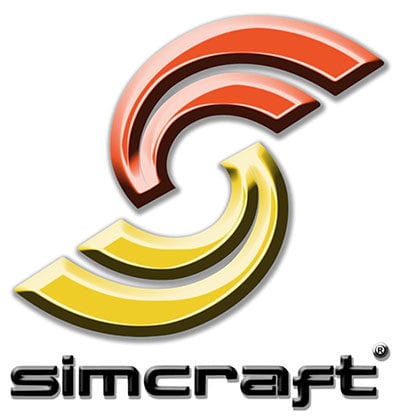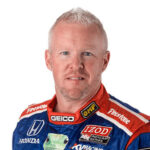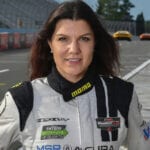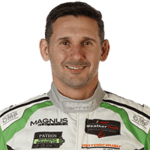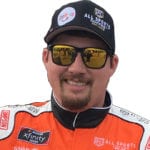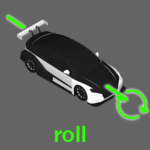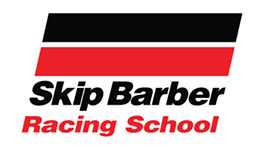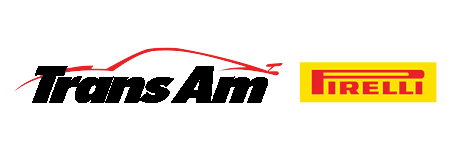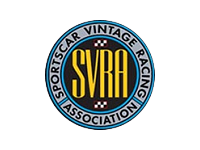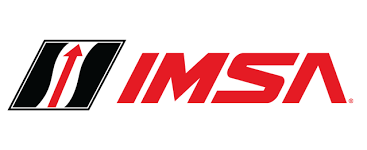What are the SIX Degrees of Freedom?
Six degrees of freedom is the total number of ways an object can move in three-dimensional space, with three rotational motions, and three translational or linear motions. All six degrees of freedom are centered around three axes comprised of two horizontal axes, and one vertical axis. (commonly referred to by X, Y, and Z) All three axes intersect in a mutually perpindicular fashion, at the center of mass (or center of gravity), of the body in motion. All six degrees of freedom are required to meet the industry standard definition of “Full Motion”.

Three Degrees of Rotation – Angularly moving about the three axes
ROLL – Rotating about the longitudinal horizontal axis is ROLLING.
PITCH – Rotating about the lateral horizontal axis is PITCHING.
YAW – Rotating about the vertical axis is YAWING.
Three Degrees of Translation – Linearly moving along the three axes
SURGE – Moving forwards and backwards along the longitudinal horizontal axis is called SURGING.
SWAY – Moving left and right along the lateral horizontal axis is called SWAYING.
HEAVE – Moving up and down along the vertical axis is called HEAVING.
